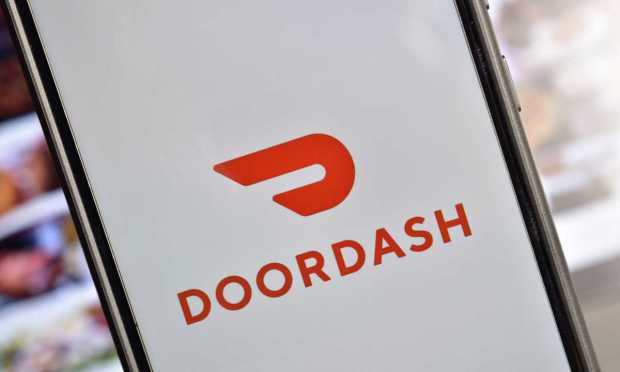DoorDash Seeks Fresh Revenue From CPG Ads

DoorDash is looking to supplement its delivery revenue via a new advertising feature focused on the large and deep-pocketed stable of consumer-packaged goods (CPGs).
The San Francisco-based restaurant aggregator announced Monday (Oct. 17) the launch of new self-serve advertising tools for consumer-packaged goods (CPG) brands including an ads manager, partnerships with ad tech companies Pacvue and Flywheel and the expansion of self-serve Sponsored Listings to Canada and Australia.
“As we continue to build the ad platform for local, our goal is to connect every store, and brand within each store to every local consumer,” said Toby Espinosa, vice president, DoorDash Ads, said in a press release. “With today’s news, we’re excited to bring digital ads to brands of all sizes with innovative and flexible solutions.”
In addition to showing a greater focus on ad sales, this announcement also suggests that DoorDash is focusing more on categories such as its grocery and convenience stores, expanding its ad focus beyond eateries to CPG brands. A year ago, the company announced new ad tools focused on its restaurant merchants with sponsored listings.
You may also like: DoorDash Offers Merchants Sponsored Listings Tool
This latest move could offer DoorDash a much-needed injection of additional revenue from CPG companies, considering the sizable losses the aggregator incurs every year. DoorDash’s 2021 annual report filed with the U.S. Securities and Exchange Commission (SEC) in March noted that, last year, the company incurred a net loss of $468 million, down from $461 million the year before but a considerable improvement from its $667 million net loss in 2019.
Indeed, reaching profitability proves a continued challenge across the food delivery space. Grubhub parent Just Eat Takeaway continues to operate at a loss, expecting to reach positive EBITDA next year. Of the major restaurant aggregators in the United States, only Uber Eats has achieved profitability, reaching its first quarter of positive EBITDA in Q4 2021 and continuing to trend upwards since, according to company materials released in August.
Related: Just Eat Writes Down Grubhub Valuation by $3.1B on Order Declines
Certainly, with the high labor cost of delivery and the relatively low average order value of a restaurant meal, the economics of the model are tricky. Consequently, it is all the more pressing for these companies to find ways to drive additional revenue, be it expanding into additional retail categories or, as DoorDash is doing, expanding their ad businesses.
Instacart, for one, has been prioritizing this area, announcing back in May the launch of shoppable videos and an updated version of its shoppable display ads. Before that, in February, the online grocery company announced a partnership with London-based multinational advertising and communications company WPP to offer advertising solutions and analytics tools to CPG brands on its marketplace. In January, the company unveiled new suite of marketing products for brands including branded pages and new display ads.
Read more: Instacart Expands Ad Offerings as eGrocers Look to Boost Profitability
Such moves to boost profitability could help keep aggregators from suffering the fate of ultrafast grocery delivery services, which have been pummeled by current economic conditions, many of them paring back, cutting staff and/or shutting down completely.
